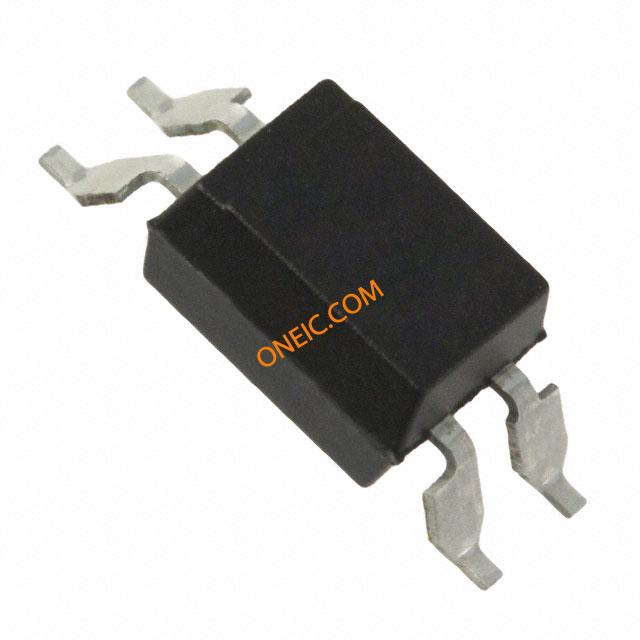PS2501L-1-F3-L-A
High-voltage transistor output optocouplers for electrical isolation
Manufacturer: ['california-eastern-labs', 'cel']
series introduction
# Introduction to the PS2501L - 1 - F3 - L - A Product Series
## 1. Overview
The PS2501L - 1 - F3 - L - A product series belongs to the realm of optocouplers, which are essential components in modern electronic circuits. Optocouplers, also known as optoisolators, are used to transfer electrical signals between two isolated circuits by using light as the medium. This isolation provides numerous benefits, such as protecting sensitive components from high - voltage transients, reducing electrical noise interference, and ensuring electrical safety.
## 2. Key Features
### 2.1 Electrical Isolation
One of the most significant features of the PS2501L - 1 - F3 - L - A series is its high - quality electrical isolation. It can effectively isolate the input and output circuits, with a specified isolation voltage that can withstand high - voltage differences between the two sides. This isolation helps prevent electrical interference from one circuit from affecting the other, which is crucial in applications where signal integrity and component safety are of utmost importance.
### 2.2 High - Speed Signal Transfer
These optocouplers are designed to support relatively high - speed signal transfer. They can accurately transmit digital signals with minimal delay, making them suitable for applications that require fast data communication, such as in high - speed data acquisition systems, communication interfaces, and control systems where real - time response is necessary.
### 2.3 Low Power Consumption
In an era where energy efficiency is a top priority, the PS2501L - 1 - F3 - L - A series stands out with its low power consumption. The input side typically requires only a small amount of current to operate, which helps reduce the overall power requirements of the system. This is especially beneficial in battery - powered devices or applications where power management is critical.
### 2.4 Wide Operating Temperature Range
The product series is engineered to operate reliably over a wide temperature range. Whether in a cold industrial environment or a hot and humid climate, these optocouplers can maintain their performance. This wide temperature tolerance makes them suitable for a variety of applications, including automotive electronics, industrial automation, and outdoor equipment.
### 2.5 Compact Package Design
The PS2501L - 1 - F3 - L - A comes in a compact package, which saves valuable board space. This is particularly important in modern electronic devices where miniaturization is a key trend. The small form factor allows for more components to be integrated onto a single printed circuit board (PCB), enabling the development of more complex and compact electronic systems.
## 3. Technical Specifications
### 3.1 Input Characteristics
- **Forward Current (IF)**: The typical forward current required to drive the input LED is within a specified range. This value determines the amount of current needed to activate the optocoupler and initiate the signal transfer process.
- **Forward Voltage (VF)**: The forward voltage across the input LED is another important parameter. It indicates the voltage drop across the LED when a forward current is applied, and it is crucial for power calculations and circuit design.
### 3.2 Output Characteristics
- **Collector - Emitter Voltage (VCEO)**: This is the maximum voltage that can be applied between the collector and emitter of the output transistor without causing damage. It defines the voltage handling capability of the output side of the optocoupler.
- **Collector Current (IC)**: The collector current represents the current that can flow through the output transistor. It is an important parameter for determining the load - driving capability of the optocoupler.
### 3.3 Isolation Characteristics
- **Isolation Voltage (Viso)**: As mentioned earlier, the isolation voltage is a critical specification.
Images for reference

NEPOC SERIES 4-SMD Gull wing

Image Preview